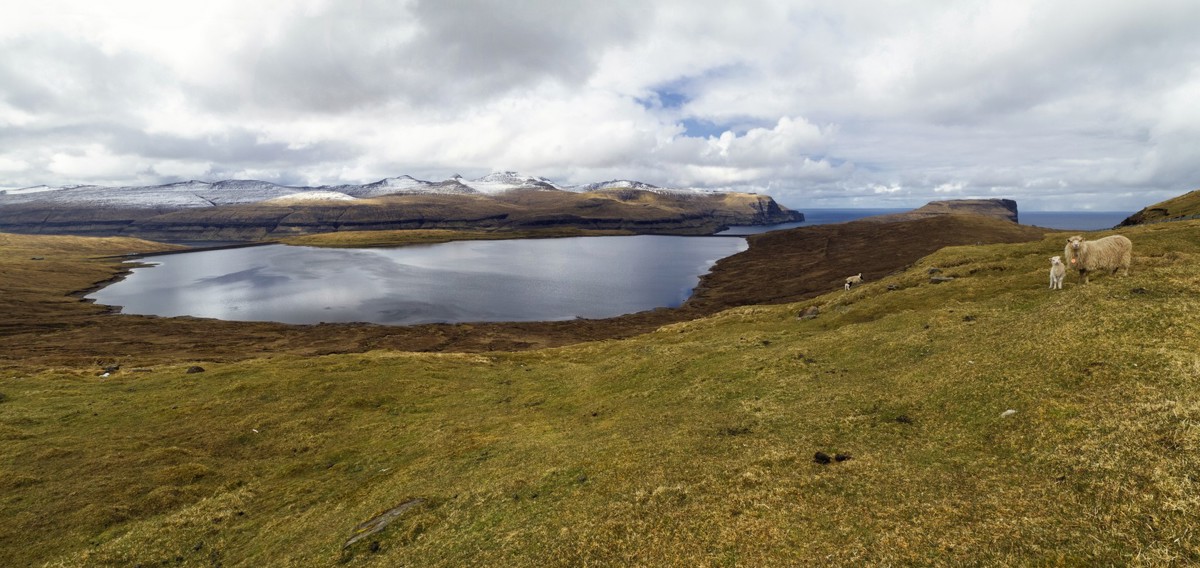2022 - A record year

2022 proved to be a record year in electricity generation in the Faroe Islands. In total 434 GWh of electrical power were generated, which is a 2.3 percent increase and a new record, not only in total generation but also as regards renewable energy.
Well over half, i.e. 52% came from renewable sources.
Never before has this much renewable energy been generated in the Faroes and in Suðuroy, the power generation remained 100 pc. renewable for a total of 56 days, while electrical power available in the rest of the country was more than 80 pc. renewable for a total 50 days during 2022.
Over 226 GWh was generated from renewable sources during 2022, whereof 130.9 GWh (30.2 pc.) came from hydropower, while wind power amounted to 90 GWh (20.7 pc.), and 5.4 GWh (1.2 pc.) were derived from biogass and 0.171 GWh from solar power.
Throughout the year, 90.8 pc. of the total electrical power generated in the Faroes was produced by SEV and its subsidiaries.
Excluding the island Suðuroy, most of the electricity generated in the island nation is produced by Sund Thermal Power Station, which generated a total 186 GWh last year — or 47 percent of the total amount of electricity generated in the Main Area.
Notably, the 2022 numbers marked the first time since 2015 that there was a decrease of 21% in power generated by Sund Power Station, much owing to increased amounts generated from hydro and wind.
A common denominator for 2022 and 2015, is the unusually high amounts of rain fall both years. As for 2022, rain was especially heavy in July and August, during which the monthly volume of hydro-power generated was thrice the average.
